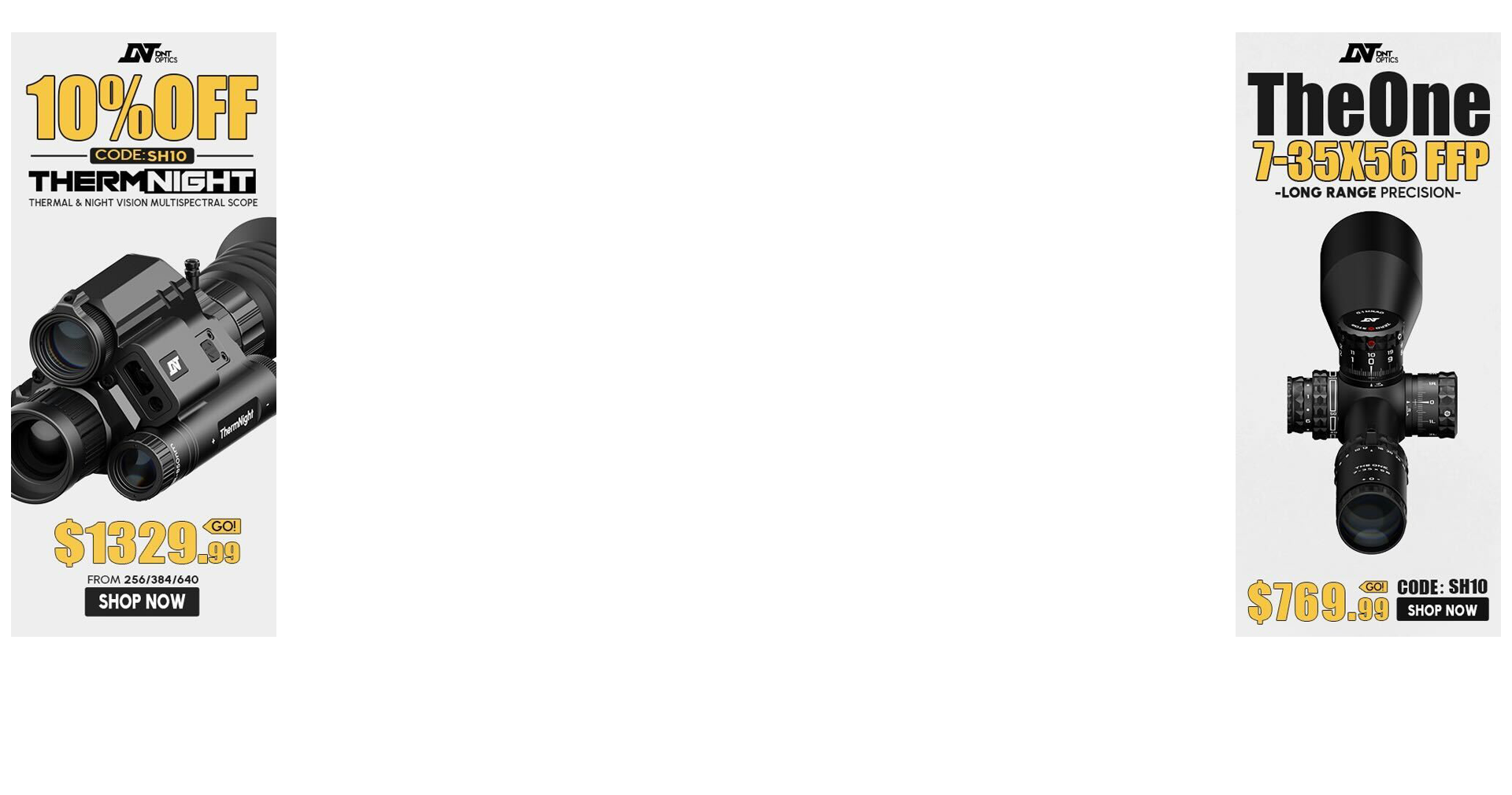Extracting a subsequent question from the broader Remington 700 truing thread...
<div class="ubbcode-block"><div class="ubbcode-header">Originally Posted By: C. Dixon</div><div class="ubbcode-body"><div class="ubbcode-block"><div class="ubbcode-header">Originally Posted By: AZPrecision</div><div class="ubbcode-body">Are the bolt lugs harder, or the receiver lugs harder?
</div></div>
In almost every circumstance the receiver is harder than the bolt.
</div></div>
I am trying to understand the direction of this question. A notable exception here could be the RSR from Surgeon Rifles, just as an example. MY (perhaps flawed) understanding is that the body of the receiver is 416R and the bolt is 4130 chrome moly.
416R Reciever
http://www.matweb.com/search/DataSheet.aspx?MatGUID=30e7827a70ba4e05920d0e24fcb973c4
4130 Bolt Body / Lugs
http://www.matweb.com/search/DataSheet.aspx?MatGUID=e1ccebe90cf94502b35c2a4745f63593
Does it matter? Why?
<div class="ubbcode-block"><div class="ubbcode-header">Originally Posted By: C. Dixon</div><div class="ubbcode-body"><div class="ubbcode-block"><div class="ubbcode-header">Originally Posted By: AZPrecision</div><div class="ubbcode-body">Are the bolt lugs harder, or the receiver lugs harder?
</div></div>
In almost every circumstance the receiver is harder than the bolt.
</div></div>
I am trying to understand the direction of this question. A notable exception here could be the RSR from Surgeon Rifles, just as an example. MY (perhaps flawed) understanding is that the body of the receiver is 416R and the bolt is 4130 chrome moly.
416R Reciever
http://www.matweb.com/search/DataSheet.aspx?MatGUID=30e7827a70ba4e05920d0e24fcb973c4
4130 Bolt Body / Lugs
http://www.matweb.com/search/DataSheet.aspx?MatGUID=e1ccebe90cf94502b35c2a4745f63593
Does it matter? Why?

